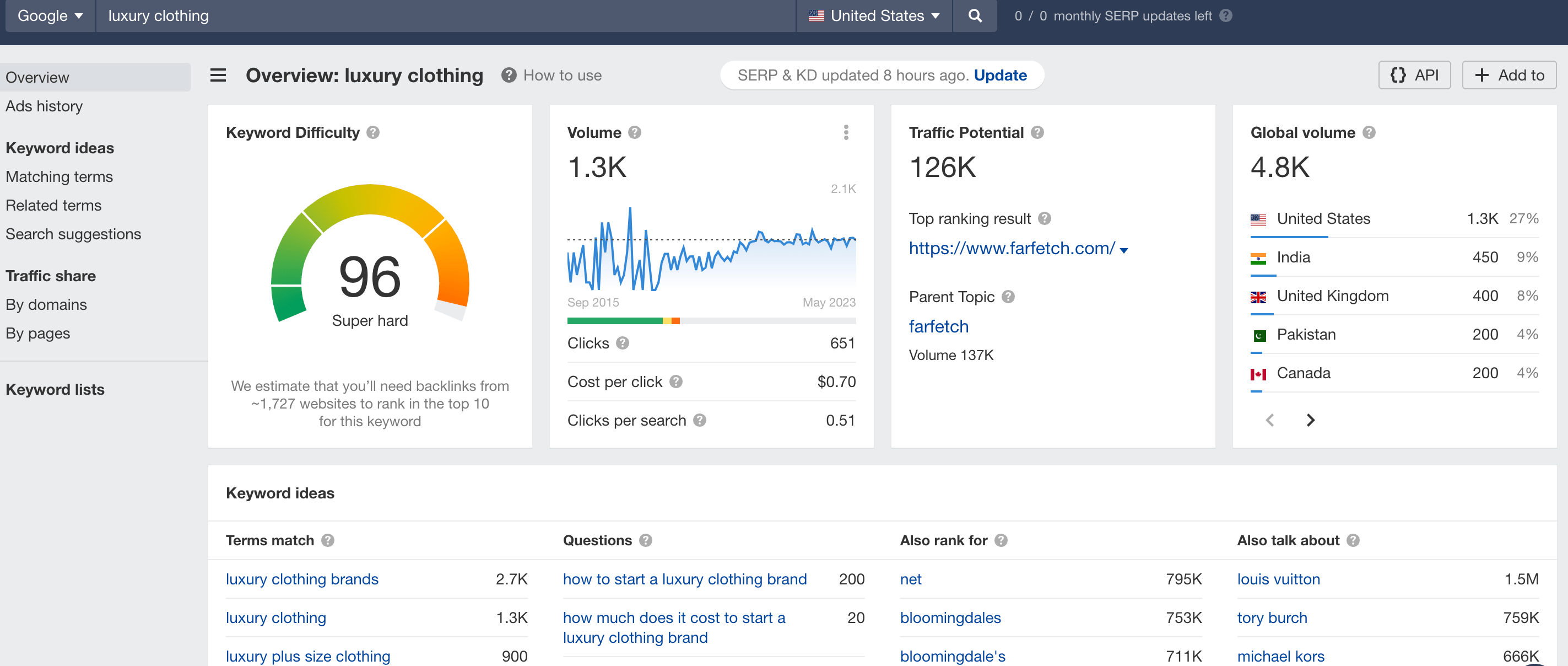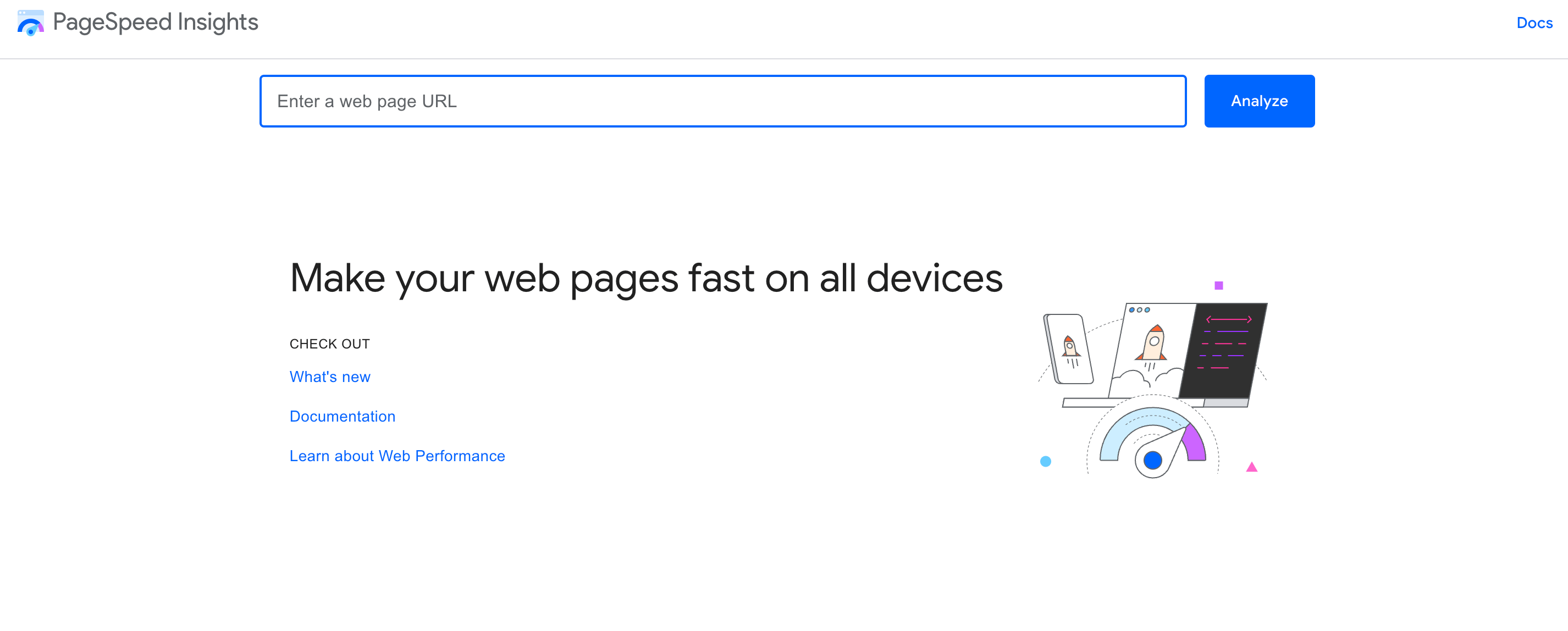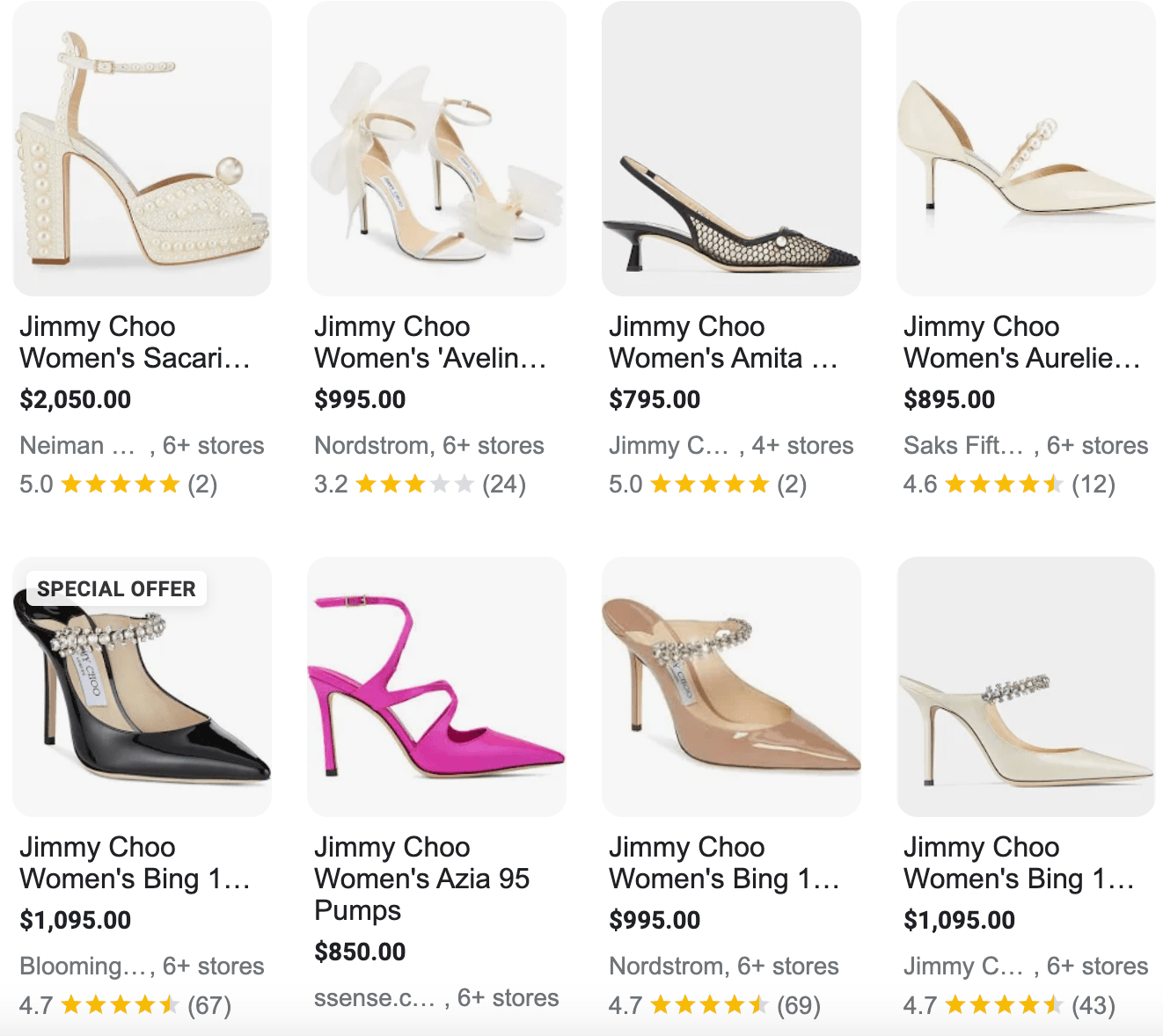
Dropshipping
22 Best Dropshipping Suppliers in the UK
Focusing way less attention on choosing a dropshipping supplier is a common mistake among beginners in dropshipping. You see, the...
Efficient Ways to Drive Traffic to Your Online Store
Marketing

As we march forward into the digital age, eCommerce purchases are bound to become more frequent than ever, having already become the new normal shopping for many customers around the world. A study shows that up to 55.9% of internet users between the ages of 16 and 64 make online purchases weekly (Datareportal).
However, the eCommerce arena is also fiercely competitive. To thrive in this landscape, you need more than just a great product - you need a steady stream of web traffic.
In this article, we'll explore the most powerful strategies to help you drive traffic to your online store and enhance your overall business performance.
Keyword research plays a pivotal role in understanding your eCommerce landscape.
While you might think it’s time-consuming to delve into keyword research, the results you’ll get can offer you pretty valuable insights into what words and phrases customers fall for the most.
If you can’t decide which keyword tool is the best to use, here are some of the absolute best free and paid tools you can try out:
Continue reading: Best eBay & Amazon Keyword Tools

Your website’s design is the digital storefront of your online store. It represents a crucial factor in attracting and retaining visitors. On top of that, search engines like Google look at a site’s design as an important ranking criterion – the more user-friendly your website is the better the ranking.
Since the art of site design isn’t a one-stop destination, you can constantly make changes based on what your customers need.
To create a captivating web design and easily manageable storefront, consider these essential design tips:
A high-performing website is the backbone of your online store. It influences user satisfaction, boosts traffic, increases conversion rates, and improves your KPIs.
Here are key strategies to improve site performance:

Search Engine Optimization (SEO) is a bit of a boogieman topic for many website owners. It’s a term that is both complex and detailed, covering so many areas that it can be difficult for a solo website owner to manage.
In fact, some of the points covered above can be considered part of SEO – improving site design and performance – more specifically, part of technical SEO. In this part, we’ll cover other two important types of SEO: on-page and off-page SEO.
On-page SEO refers to all the changes that are implemented directly on your website. This includes:
Off-page SEO refers to all strategies you incorporate outside of your website. Some activities include:
Continue reading: How Can ChatGPT Optimize Your Store for SEO?
Utilizing social media channels is another popular approach to generating brand awareness and driving substantial traffic to your website.
The important thing to consider is choosing the platforms that are suitable for your industry: Facebook, Instagram, TikTok, Pinterest, to name a few.
Regardless of your choice of platform, make sure you work with the right social media marketing tools to help you achieve optimal results.
Continue reading: Top 10 Engagement Interactive Posts to Boost Your Social Media Traffic
Email marketing is far from dead. It may be outshined by social media but still highly efficient if done correctly.
Here are some top tips to ensure your email marketing efforts hit the mark:
Continue reading: Top 16 Shopify Email Marketing Apps
In the context of eCommerce, many site owners tend to think of selling in a very direct way. Because of this, a large portion of potential customers quickly lose interest.
Consumers today have far greater choices and are a lot smarter. And with hundreds of other businesses trying to sell them the same thing as you, you have to come up with a smart way to approach them.
Instead of a direct selling approach, consider creating content that genuinely benefits potential customers:
Continue reading: Best Content Marketing Ideas for Your Dropshipping Store
To boost your traffic quickly, consider working with influencers relevant to your niche. Those with a substantial following base can expose your store to new audiences and even help you increase your sales.
Remember that these boosts are typically only for the time the campaigns are run. In the meantime, make sure to simultaneously work on long-term strategies as well to get more sustainable growth.
Last but not least, drive traffic by investing in Google Ads.
Considered the most used search engine on the internet, Google is the perfect place to run ads, allowing you to reach a massive number of potential customers.
Ads can be run based on location, demographics, language, keywords, and even type of device, providing you with a fairly efficient way to expose your products to your target audience.
Continue reading: How to Run Google Shopping Ads?

As you can tell by now, there are many ways you can drive traffic to your online store. While a good number may not need actual cash investment, expect to devote significant time working on them.
The good news though is that because of the diversity in what you can do, hitting a wall in one strategy can simply mean temporarily working on another one instead.
Remember, there’s no one-size-fits-all approach. It’s essential to monitor your efforts, analyze the data, and adapt your tactics accordingly. Whether you focus on SEO, content marketing, social media, email campaigns, or a combination of these methods, the key is consistency and dedication.
Hunker down and work progressively. Remember, Rome wasn’t built in a day and neither will be your eCommerce store.
What is dropshipping?